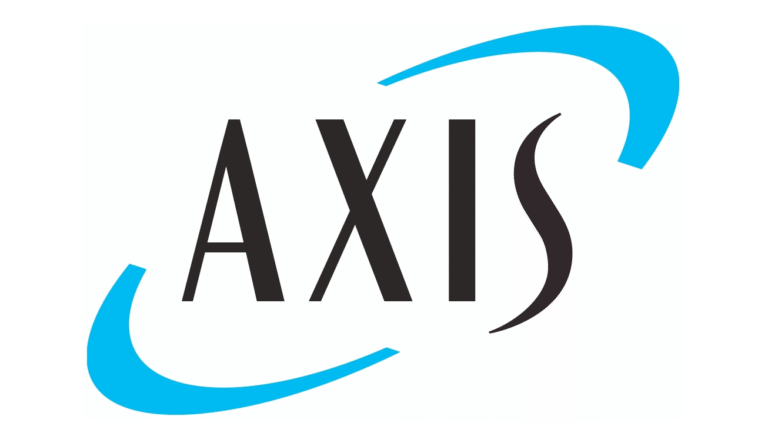
The US composite rate has declined by 1% in the third quarter of 2025 after remaining flat in the prior quarter, according to Marsh’s Global Insurance Market Index.

Several factors contributed to this trend, including intensified insurer competition due to increased capacity from new and existing insurers, due in part to improved financial performance and lower reinsurance costs.
Additionally, some insurers offered more favourable policy terms to secure business and counteract rate reductions, while clients sought cost-effective solutions for better control of costs and balance sheet protection.
Insureds with loss history or submission quality viewed less favourably by insurers may have experienced below-average rate outcomes, Marsh noted.
In contrast to property’s decline, casualty insurance rates increased slightly, by 8%, compared to 9% in the prior quarter; excluding workers’ compensation, the increase was 11%.
Workers’ compensation insurers remained focused on rising reserves and medical costs, which have the potential to drive future rate increases.
Auto liability continued to face pressure from large jury verdicts and rising auto physical damage repair costs. General liability (GL) rates rose 2%, with higher increases typically seen in real estate, hospitality, and public entities sectors, due to loss activity.
Insurers raised auto and GL retentions and corridor deductibles, especially for larger clients. GL coverage now frequently excludes PFAS, biometric, and cyber, with additional exclusions for sexual abuse and human trafficking in real estate and hospitality.
Insurers in the umbrella/excess liability market saw risk-adjusted rates rise 16%, down from 18% in the previous quarter, with general rates increasing 9%.
Adverse US litigation developments prompted some insurers to offer a maximum of $10 million in capacity per risk. Lead umbrella programs with favourable loss experience typically saw rate increases of 12% to 15%, while those with adverse losses faced increases of 30% or more.
Meanwhile, financial and professional lines rates declined 2% after being flat in the prior quarter. Directors and officers liability (D&O) rates declined 3%, although insurers are starting to resist the large decreases experienced over the past three years.
Fiduciary rates also decreased by 2%, compared to a 1% increase in the second quarter. Lawsuits applying Employee Retirement Income Security Act (ERISA) theories, particularly involving excessive fees in retirement and health plans.
According to Marsh, this has contributed to insurer uncertainty, leading them to seek minimum class-action retentions of $1 million to 10 million for larger plans.
Financial institutions rates decreased 2%, compared to being flat in the prior quarter, while errors and omissions (E&O) rates increased 1%, the same as in the prior quarter.
Finally, cyber insurance rates continued a downward trend, decreasing for the 10th consecutive quarter to 3%.
Capacity remained stable, with additional supply anticipated before year-end from new managing general agents (MGAs) and direct insurers.
The emergence of generative AI has continued to raise cyber risk concerns, prompting updated underwriting questions on AI development and governance. Through the third quarter, there has been a slight reduction in US claim counts year-over-year.





